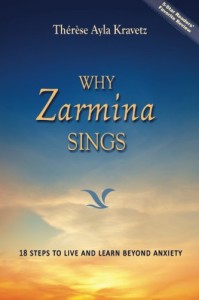
She walked on eggshells, sat in the end of the front row by the window, headscarf tightly tied around her neck. She wore a flannel shirt and jeans, and seldom spoke, though always attentive. If she raised her hand, it crimped close to her body and a sweet soft voice sprang from her.
“Good afternoon,” I’d say. A quiet head nod was her only response. Her English was elementary, but she had a gentle smile for me and all her classmates.
Zarmina was a short, sweet Afghan woman, older than most of the students, about forty. It was the spring semester. I was a new professor, teaching college preparatory English to an intermediate reading class. It was the final week of classes and Zarmina’s turn to make a presentation for her final grade. I had asked the students to take an historical reference from the book and give an oral presentation on the topic. The rest of the students had given their speeches using the format I’d given them, following the rules of research.
She whispered in a soft, timid voice. “Would it be all right? Would you mind if—”
“Of course,” I said. “Please, go next.” I grabbed an evaluation rubric from my notebook and got ready to take some notes on her presentation.
She rose, shuffled to the front of the class, and adjusted her scarf. The sides of her face were covered but her mouth and eyes were bare, and some neat black hair slipped through at the top.
She cleared her voice. “My topic is African American spiritual songs. Would it be all right—?”
She began again, “I mean… would it be okay to sing a short song from a CD I got from the library?”
“Sure,” I said. As she stepped to the front of the class, I glanced out the window and saw the last pink reflections of the day’s sunlight straddle the horizon.
She turned towards her classmates and out of her mouth trickled “Swing Low, Sweet Chariot.”. With each line of the spiritual, she eased into the melody. She straightened her body, all five feet of her, and her voice floated out.
“Well, I looked over to Jordan and what did I see, comin’ for to carry me home…”
Her sound came from far underground, as though it reached to the grounds of Afghanistan and back—to this country’s blood, sweat, and tears. As the sound grew in volume, the notes rang through her body, touching all of us, transporting us to another place. At one point, she turned her head to face the window, as if trying to forget the limits of the white-walled, bare classroom and gawking students. Or maybe to travel in her mind.
“Tell all my friends I’m comin’ too…,” her voice rang sweet and vibrant.
She finished. It took us all a moment to return to the class. Zarmina’s eyes sparkled; a brief comfortable smile emerged. A moment passed and we erupted into clapping. We wiped our wet faces with our fingers and sleeves as she returned to her seat.
I drove home after class in wonder, street lights pointing the way. Zarmina’s sound and her luminous performance rang through me. What was it that allowed this shy student to belt out this Negro spiritual and move us to tears? I had given her a broad choice of oral report topics, but never mentioned singing. And yet, she recreated the historical moment through song and performance and connected to each of us.
Zarmina’s story is my story, too. I circled life’s opportunities, wanting to belt out my song, but was too filled with anxiety and introversion to do so. Zarmina’s story is my story because like many, I looked for permission to “become” my authentic self. I wanted to break through limitations like anxiety, and free myself from self-criticism and doubt so that I could connect to others.
I wanted to be that kind of teacher, too—the one who helps each student release the song inside of them.
This book is about my own journey from anxiety to expression, along with the stories of my students. I share my own self-doubt, paralyzing fears, how I failed at times, and how I faced myself. I share techniques I learned to help myself and my students, such as qigong, vocal release work, and comedic improvisation to bypass anxiety and accelerate learning.
In over fifteen years in the college classroom, I have seen shy students afraid to speak out in class and angry, solemn students transform into cooperative, social students in a matter of weeks because they practiced these tools in class.
My hope is that these stories trigger something in the reader—maybe how to use the imagination more, let go of a fear, move beyond a stammering voice, or take the next step in creativity.
When you teach from fear, study from fear, act from fear, you limit yourself, limit how much you communicate with others, and—according to neuroscience—limit your brain functioning.
Not too long ago, I watched Yo Yo Ma share his ideas on creativity and success with Charlie Rose: “Listening is most important,” he said. “If you are listening and playing, your whole ego is not put into the music, and you are now creating space mentally for others. The skills you need to make music are collaboration, innovation, imagination … these are the same skills you need in the 21st century.”
The skills I want to teach my students are reading, writing, and speaking, not just to parrot back information. My hope is that they’ll learn to rely on their imaginations to use the information they’ve learned to create something new, connect with one another, and find the most effective use of their talents in the world.
Learning to be in the moment is the cure for anxiety and more creativity, but we need tools to help us navigate our learning and creativity. In this book, I share stories of the glass ceilings I had to shatter to express myself creatively, and the tools I found or created that helped me to live spontaneously with more joy and freedom.
Links
Author Site
Amazon
Get an Editorial Review | Get Amazon Sales & Reviews | Get Edited | Get Beta Readers | Enter the SPR Book Awards | Other Marketing Services



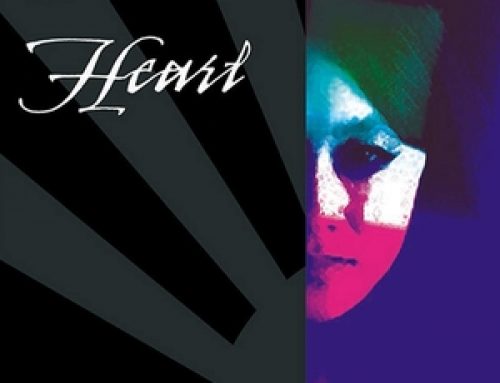





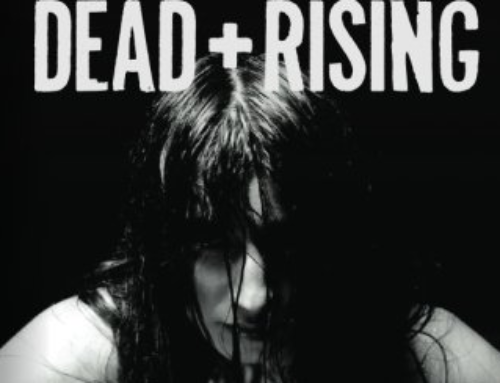

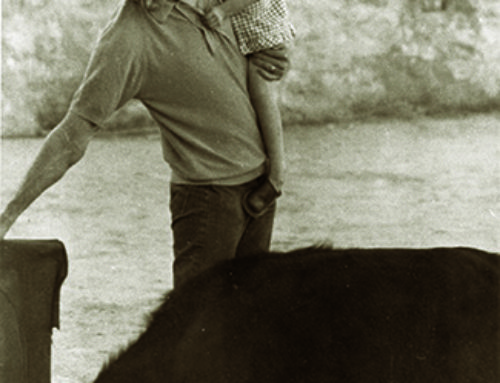
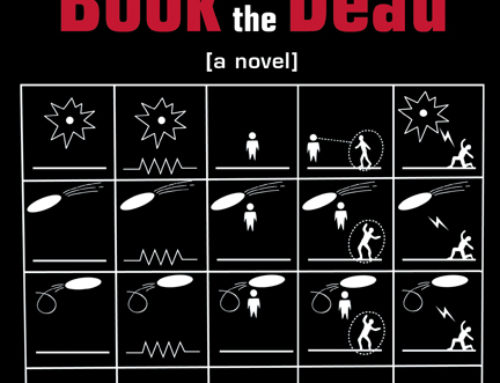
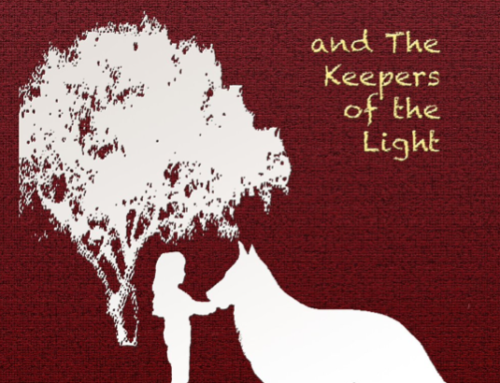


Leave A Comment